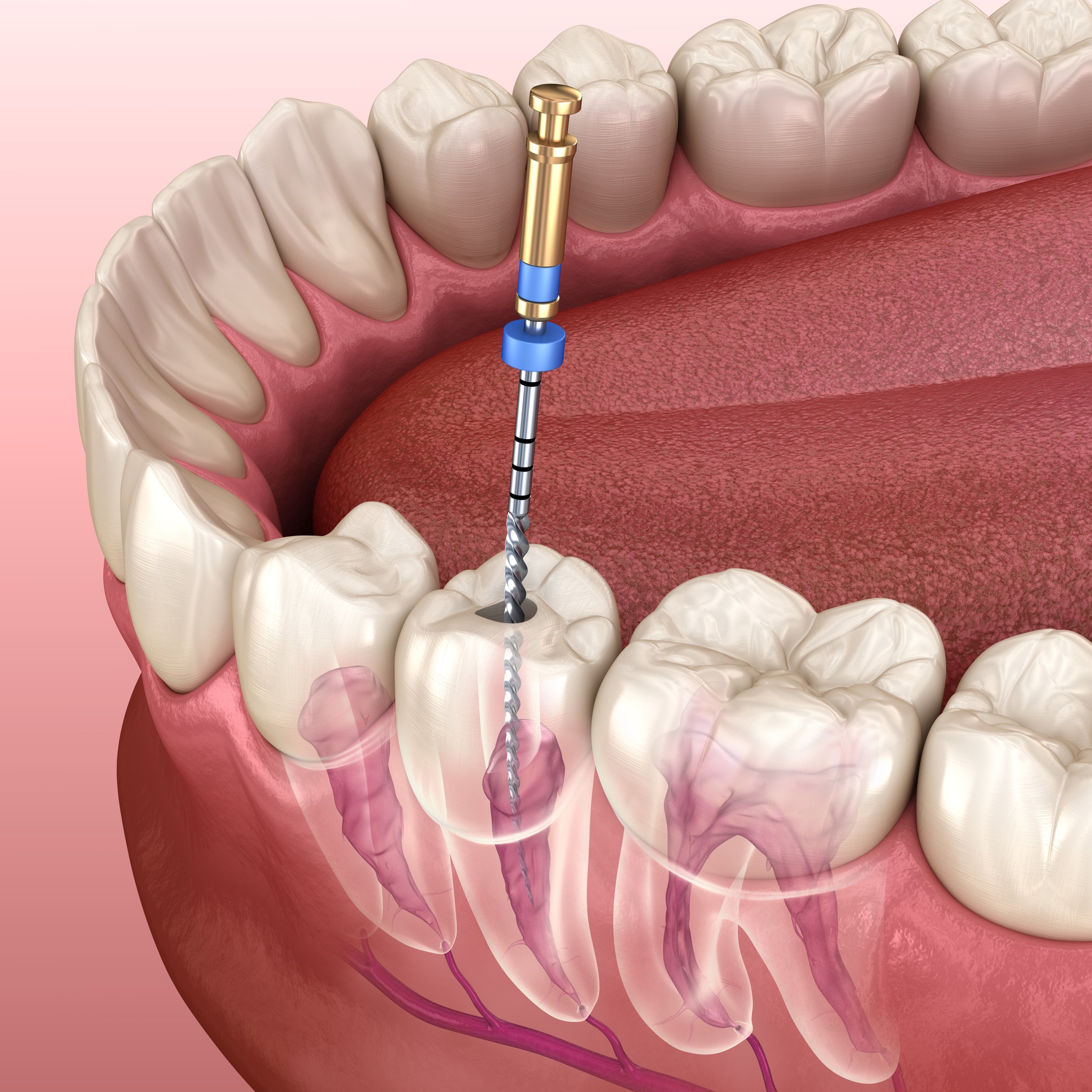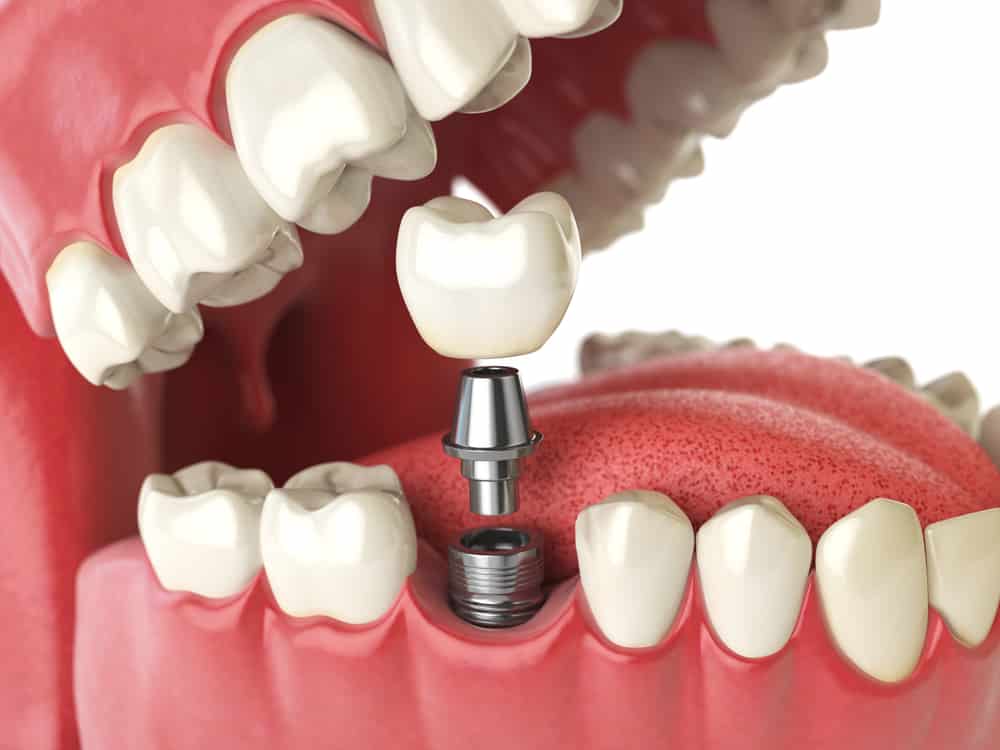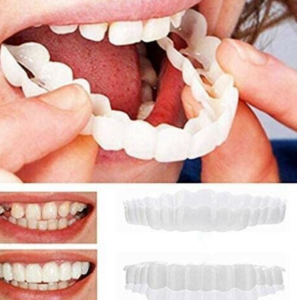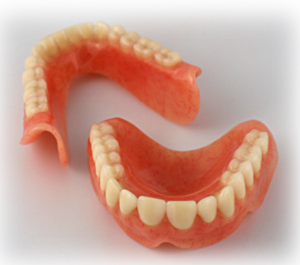A root canal can save a dead or dying tooth and prevent infections and other dental problems. Even though the pulp inside the tooth may have died, the tooth can usually be saved through a root canal procedure.
A dead tooth can result from injury, decay, or disease, and if not treated promptly, it can cause serious complications. It is essential to save the tooth and keep it healthy to prevent further damage to the gums, jaw, and surrounding teeth.
This article will discuss the importance of root canal in Richmond Hill treatments for dead teeth, the symptoms, causes, and treatments of dead teeth, and the myths and truths about root canals. Additionally, we will provide information on before and after photos and the survival time of teeth after root canal procedures. If you’re exploring your options for a dead tooth, this article will answer all your questions.
Understanding Dead Tooth Root Canal
When dealing with a dead tooth, one of the best root canal service in Richmond Hill may be necessary to save the tooth. Symptoms of a dead tooth can include discoloration, pain, and sensitivity. However, with the proper treatment, a dead tooth can be restored and function normally.
A root canal becomes necessary when the tooth pulp becomes inflamed, infected, or dies due to traumatic injury. A dead tooth is caused by untreated tooth decay, periodontal disease, or a cracked tooth. Root canal therapy is performed by a dentist or endodontist who first numbs the area surrounding the affected tooth. Then, they remove the dead tissue, clean and disinfect the inside of the tooth, and fill the canal with a rubber-like material called gutta-percha. This treatment is important as it saves the tooth from further decay and prevents the spread of infection to other teeth. A properly done root canal in Richmond Hill can last for a long time, even a lifetime, but it’s important to maintain good oral hygiene and visit a dentist regularly.

Credit: www.warrierdentistry.com
Symptoms Of Dead Tooth
A dead or dying tooth can result in negative effects on the gums, jaw, and other teeth. While the pulp may be dead, the tooth can usually be saved with a root canal. It’s important to treat a dead tooth quickly to prevent any further complications.
A dead tooth can lead to dental issues if it is not treated quickly. The symptoms of a dead tooth include tooth discoloration, pain, and swelling. Tooth discoloration occurs when your tooth changes color from grey to black. Pain can occur if damaged tissues or nerves start to irritate your tooth. Swelling can progress from minor discomfort to extreme pain. A root canal can help save a dying tooth. A root canal is a procedure that removes the infected nerve, tissue, and pulp from the tooth, and then fills the tooth with a special material. This treatment can prevent the tooth from becoming infected, which can have negative effects on jaw, gums, and surrounding teeth. It is always better to consult a dentist immediately if you experience any of these symptoms.
Before Root Canal Procedure
A dead or dying tooth should be treated quickly to prevent infections and negative effects on the gums, jaw, and other teeth. While the term “dead tooth” is not always accurate, a root canal can usually save the tooth even if the pulp has died. Diagnosing a dead tooth is important and alternative treatments should be considered before preparing for a root canal. It is crucial to take care of a dead tooth even after the root canal procedure to maintain oral health. It is also important to note that a tooth can last for years after a root canal, but keeping a dead tooth for too long can have a significant impact on oral health.

Credit: ccdental.com.au
During Root Canal Procedure
A root canal procedure is a dental treatment that is necessary for a dead or dying tooth. Before starting, the dentist will administer anesthesia to numb the affected area.
The first step of the root canal procedure is cleaning the canal. The dentist will remove the infected or damaged pulp from inside the tooth and clean out any debris. After this, the canal will be shaped to prepare for the filling.
The filling of the canal is the final step before placing a crown or filling over the tooth. The filling material is inserted into the canal and sealed to prevent any further infection or damage.
After Root Canal Procedure
After a root canal procedure, it is important to take care of the treated tooth by maintaining good oral hygiene and attending regular dental check-ups. A dead tooth can be saved with a root canal procedure, which removes the infected pulp and prevents further damage to the tooth and surrounding tissues.
| Pain Management | After the root canal procedure, you may experience some discomfort and swelling. Your dentist will prescribe pain medications to alleviate pain and reduce swelling. Over-the-counter painkillers such as Ibuprofen and Tylenol can also help to ease the pain. |
| Care for Treated Tooth | After the root canal procedure, it is important to maintain good oral hygiene. Make sure to brush and floss regularly to prevent infection and gum disease. Avoid hard, crunchy or sticky foods for a few days after the procedure and chew on the opposite side of your mouth. Also, avoid smoking or drinking alcohol as it can delay the healing process. |
| Follow-up Appointments | It is important to keep all the follow-up appointments after your root canal procedure. Your dentist will monitor the healing process and check for any signs of infection. X-rays may also be taken to ensure the treated tooth is healing properly. If you experience any pain or discomfort, let your dentist know. |
Potential Complications
A root canal treatment can save a dead or dying tooth from infection and negative effects on jaw, gums and other teeth. Though “dead tooth” is not always an accurate description, the tooth can generally be saved with a root canal, even if the pulp has died. Quick treatment is recommended to avoid complications like infection, nerve damage or tooth fracture. The exact amount of time a dead tooth can stay in your mouth depends on the extent of the damage. However, keeping a dead tooth for a long time might seriously impact your oral health. Therefore, it’s crucial to see a dentist as soon as possible if the filling or crown that was placed on the tooth after the root canal procedure falls out or becomes dislodged.
| Potential Complications | ||
| Infection | Nerve Damage | Tooth Fracture |
Before And After Comparison
A dead tooth can often be saved through a root canal procedure, which removes the infected or dead pulp from the tooth to prevent further damage. Before and after comparison photos can showcase the effectiveness of this treatment in restoring the natural appearance and function of a decayed or damaged tooth.
| Photos of Dead Tooth | Photos of Treated Tooth |
| A dead tooth can cause a lot of problems in one’s oral health. One can experience severe pain, sensitivity, and swelling. The best way to treat a dead tooth is through a root canal procedure. This procedure involves removing the infected tissue inside the tooth and cleaning the area. A crown is then placed over the tooth to protect it.
If left untreated, a dead tooth can become infected and affect other teeth, gums, and the jaw. The consequences can be severe and even lead to tooth loss. To better understand the importance of treating a dead tooth, look at the before and after photos of the tooth below: |
The photos of the treated tooth show the tooth has been restored and protected with a crown. There is no sign of infection or damage. The tooth looks healthy and normal.
On the other hand, the photos of the dead tooth show signs of severe infection and decay. The tooth is discolored, swollen, and damaged. This tooth needed immediate treatment to avoid further complications. Thus, it is essential to visit a dentist if you suspect a dead tooth. It may be possible to save the tooth through a root canal procedure, which can save you from the pain, inconvenience, and cost of tooth extraction and replacement. |

Credit: goldcoastimplantspecialist.com.au
Frequently Asked Questions For Dead Tooth Root Canal Before And After
Is A Root Canal Done On A Dead Tooth?
Yes, a root canal is typically done on a dead or dying tooth to save the tooth from being extracted and prevent infection from spreading to other areas. Even though the pulp may have died, usually the tooth can be saved by removing the infected or dead pulp and filling the root canals with a filling material.
It is important to treat a dead tooth quickly to prevent further oral health issues.
How Long Can A Dead Tooth Stay In Your Mouth?
A dead tooth can remain in your mouth for days, weeks, months, or even years depending on the extent of the damage. However, keeping it for too long can negatively impact oral health. A dead tooth can be saved by a root canal, but it should be treated quickly to avoid infection and further damage.
How Long Will A Tooth Last After A Root Canal?
After a successful root canal, a tooth can last for many years, even a lifetime, with proper care. However, the lifespan of the tooth depends on various factors like oral hygiene, the extent of damage, and the quality of the restoration used.
It is essential to continue with regular dental checkups and follow proper oral hygiene practices to ensure the longevity of the tooth.
Will My Tooth Fall Out After A Root Canal?
No, your tooth will not fall out after a root canal procedure. The procedure removes any infected or inflamed pulp from within the tooth, treating the infection and saving the tooth. The filling or crown placed on the tooth following the procedure may fall out, but it is important to see a dentist right away if this happens.
Keeping a dead tooth for a long time can have negative effects on oral health.
Conclusion
A dead tooth can cause serious oral health problems if not treated in a timely manner. However, a root canal procedure can save the tooth and prevent further damage. It is important to seek the advice of a dental professional to determine the best course of treatment.
With modern techniques, a root canal procedure can be painless and successful, as evidenced by the before and after images provided by NYC Dental Office. Remember to always prioritize the health of your teeth to maintain a bright and confident smile.










